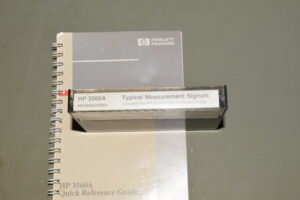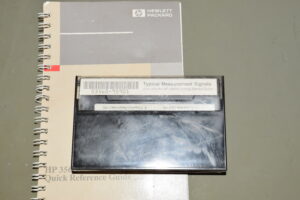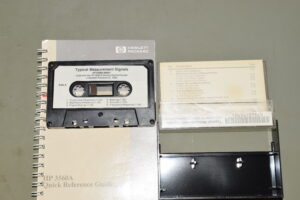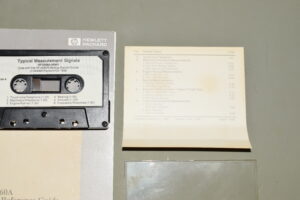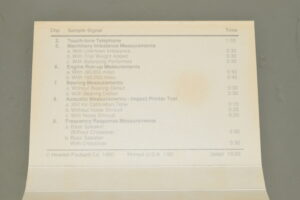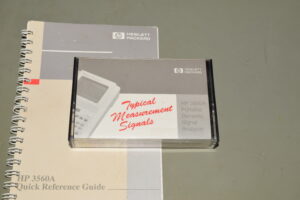![]()
Taiwanese Idioms 臺灣俚諺 懶鳥比雞腿、捧人LP
https://www.ettoday.net/news/20170215/866988.htm
《臺灣俚諺集覽》第八篇
我不會看注音,但片假名看得懂。
「痧疥懶看做釘珠小刀柄」: 眼花看錯
「懶鳥比雞腿」,把陰莖和雞腿相比較,意指根本不能比;
「扶人懶拋」,握住別人的睪丸,指拍馬屁。
![]()
Foobar2000 alternatives for Linux
I am a big fan of foobar2000 because it’s one of the most terse yet flexible package for playing music. I tried using RhythmBox that came with Linux Mint, but it’s annoying as hell. When you double click an audio file, it’ll adds to a default playlist and after it finished playing, it’ll go and play other songs you’ve previously clicked (because they were accumulated on the playlist).
Out of frustration, I tried to stick with my favorite, I found foobar2000 has a wine port available on Snap package manager. Downloaded it and realized it has a lot of work to do to make it work on linux:
- Fonts do not scale. It’s always that tiny and not all the UI controls looks odd
- The paths assumed windows drive letters. Sometimes if I drag and drop files from a bitlocker drive (mounted with dislocker), it’ll assume the file came from some complicated path under Z:\. WTF
Ended up downloading Clementine. It at least let me remove songs from the playlist by pressing “Del” button. But I’m not happy that it doesn’t have CDDB.
Turns out there are better options the Clementine. I found this StackExchange while searching for FreeDB options:
https://askubuntu.com/questions/541977/a-music-player-with-cd-ripping-and-cddb-lookup
Turns out DeaDBeeF (a hex pun) looks like a watered down version of foobar2000. So, Clementine, Foobar2000-Wine and RhythmBox is out.
EDIT: DeadBeef v1.82 offered on Ubuntu (Cinnamon Remix) 20.04’s repository mishandled files on an encrypted volume that’s unlocked. I went to Deadbeef’s website and downloaded DeaDBeeF 1.8.7 universal deb package amd64, installed it with dpkg -i and it worked!.
![]()
Advanced classical Taiwanese swears 100年前台灣人都罵什麼髒話?絕對不只「X你娘」,一口氣譙完
https://www.storm.mg/lifestyle/225114
相較於源遠流長直接幹到開台第一代祖先的「幹你開基祖」,「幹你娘」還真的遜色很多,而當年清代漢人移民台灣產生的種種髒話,更是精采。因為泉州人看漳州人不爽,所以有了「幹你大聖王」(大聖王指開漳聖王)這句,直接幹上神明,了不起(放在今日,大概就像你看基督徒不爽,而怒罵「幹你耶和華」)。
由於當年醫療衛生環境不佳、死亡率高,詛咒別人去死,也成了慣用的侮辱手法,威力驚人。例如「死無半個點香點蠋(無人送終)」、「汝著死的十字路頭被狗哺(橫死十字路口頭還被狗咬)」、「拾骨頭尋無墓(後人撿骨找不到墓)」,句句都是要人命。
![]()
FREE oscilloscopes for innovators in response to #ChinaVirus #CCPvirus
https://www.humgar.com/CCPvirus-Urgent-Innovation-Response/
In the time of national emergency against the Chinese Communist Party Virus, or #CCPvirus in short, we are glad to offer FREE basic 100Mhz oscilloscopes (or mixed-signal oscilloscopes) to makers and engineers in the US who are stepping up with innovations to help.
Example include:
- Simple ventilators that can be built quickly within US (https://www.agorize.com/en/challenges/code-life-challenge)
- Robots that reduce direct human interaction with the infected patients
- Machines that sanitize the contaminated environment quickly and efficiently
- Any innovation you can come up with to help the front-line medical staff, produce the medical supplies we need, improve the logistics, and means to slow the spread.
Just send me (to wonghoi@humgar.com)
- a project description
- why you need the oscilloscope
- whether you need the logic analyzer function (mixed-signal)
- does your project require fancy oscilloscope features like FFT, calculus, phase difference, deep memory, talking to the PC
- your name, address and phone number for shipping
and I’ll make the arrangements immediately.
Currently available models (subject to availability)
- HP 54645A
- HP 54645D
- Agilent 54622D (Mixed-Signal)
- HP 6632B Systems Power Supply (20V, 5A, Fast recovery)
These models has a no-brainer learning curve for any motivated maker/engineer who are up to the game innovating something serious. Time is ticking. We want you to use the oscilloscope right away! Higher bandwidth oscilloscopes are available as loaner if your project justifies it.
It’s on an honor system. Please don’t abuse the program so the innovators who genuinely need the oscilloscope will have what they need!
We thank all the innovators who contribute their time and effort in response to the CCP virus outbreak!
Stay safe, wash your hands, and stay home whenever practical.
Save lives by slowing the spread within our medical system’s capacity.
![]()
